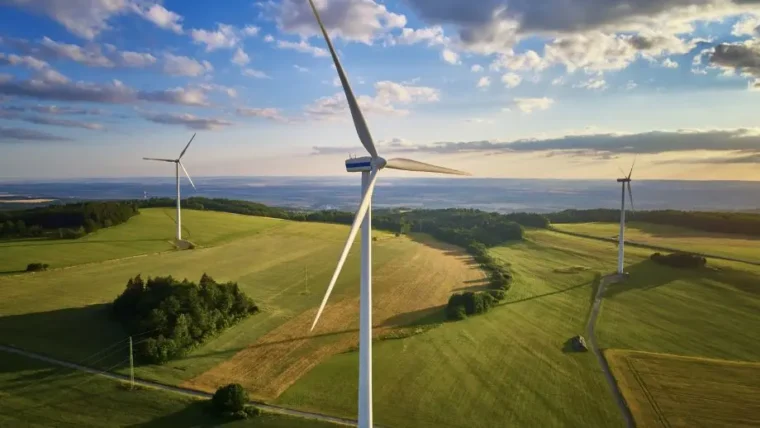Impact of Climate Change on Food Security
6 September 2018
What is Food Security?
The Food and Agriculture Organization (FAO) define food security as ‘all people, at all times, having physical and economic access to sufficient, safe and nutritious food that meets their dietary needs and food preferences for an active and healthy life.’ While there are numerous variations of this definition (presented by different organisations), all highlight the 4 key dimensions of? security:
- Food availability: the availability of sufficient quantities of food
- Food access: individual’s access to adequate resources for food to provide a nutritious diet
- Utilization: the use of food to reach a state of nutritional well-being
- Stability: to be food secure and not risk losing access to food as a result of a catastrophic event – i.e. economic downtown or climate disaster
Impacts of Climate Change on UK Food Security
This year countries located all throughout the Northern Hemisphere have experienced extreme summer temperatures. In fact, many cities have set records for the highest recorded temperature in that given location:
- Glasgow, Scotland – 33.2°C
- Belfast, Ireland – 29.5°C
- Kumagaya, Japan – 41.1°C
- Montreal, Canada – 36.6°C
Specifically, in the U.K., the warmer summer temperatures combined with an absence of rainfall have negatively affected food production and availability. Without the rain, farmers have struggled to keep crops hydrated and the grass green for cows and lambs to graze (BBC). Farmers have also been under pressure to refrain from excessive use of water resources under fear of putting additional strain on the water supply (BBC). It is due to the lack of grazing grass that farmers have had to pay for animal feed and, in some cases, have sent animals to slaughter early to save on costs. There is the potential that this could lead to a shortage or increase in the price of meat during the winter months because supply has decreased.
What Does Climate Change Mean for Food Security?
Climate change negatively affects all 4 dimensions of food security through complex direct and indirect changes to conditions.
- Food availability: Changes to temperature and precipitation patterns negatively impact food availability and production.
- Food access: Food prices are expected to continually rise which will exacerbate the issue of access to food in poor / less developed countries.
- Utilization: Changes in weather patterns and frequency/severity of drought and heavy rainfall are found to impact disease and illness which limits an individual’s ability to use food to reach a state of nutritional well-being.
- Stability: Weather events will also become more variable with increases in frequency and severity and this will negatively impact the stability of food supply.
On a global scale, it is understood that climate change will negatively impact food security and exacerbate food insecurity in already vulnerable areas.
Next week we will examine various initiatives and technology being utilised to lessen the negative impacts of climate change on food security.









